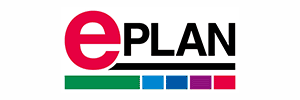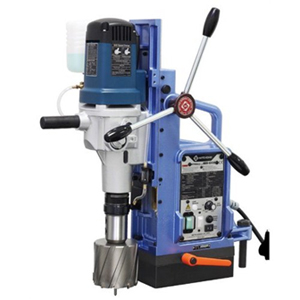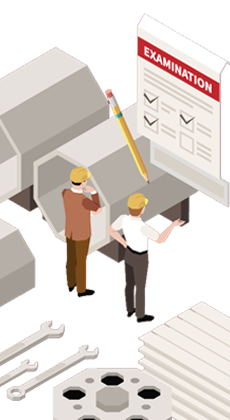Schedule a Call Back
Automated packaging lines drive sustainability goals forward
 Articles
Articles- Aug 18,22

Related Stories

Jindal Stainless Posts DJSI ESG Score of 78, Ranking among Top Global Steel Players
Jindal Stainless has achieved an ESG score of 78 in the DJSI Corporate Sustainability Assessment for FY25.
Read more
AI will power the next leap in manufacturing efficiency: Prateek Jain
In this interview with Rakesh Rao, Prateek Jain, COO & Co-Founder, Addverb, elaborates on the changing dynamics of manufacturing sector and role played by automation in driving efficiency.
Read more
Automation and mechanisation will co-exist in Indian manufacturing: Vivek Prasad
In this interview, Vivek Prasad, Executive Director, Avalon Consulting, explains how AI-led automation is elevating manufacturing efficiency and reshaping the future of smart, competitive production..
Read moreRelated Products
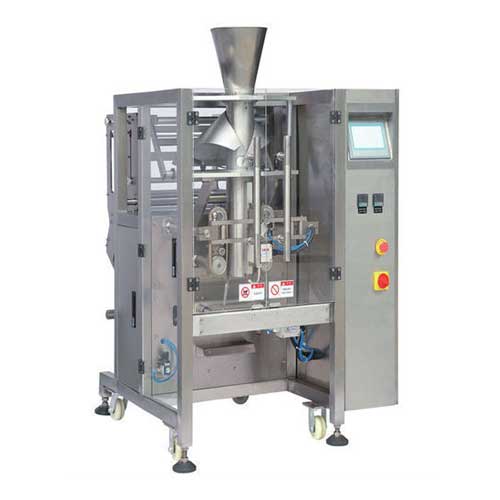
Automatic Food Snacks Packaging Machine
Grace Food Processing & Packaging Machinery offers
automatic food snacks packaging machine.
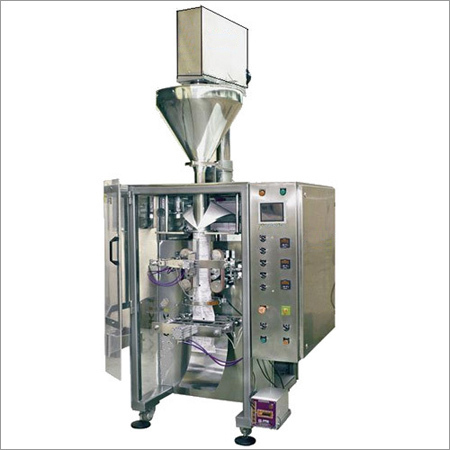
Collar Type Servo Auger Machine
All India Packing Machines offers collar type servo auger machine. Read more
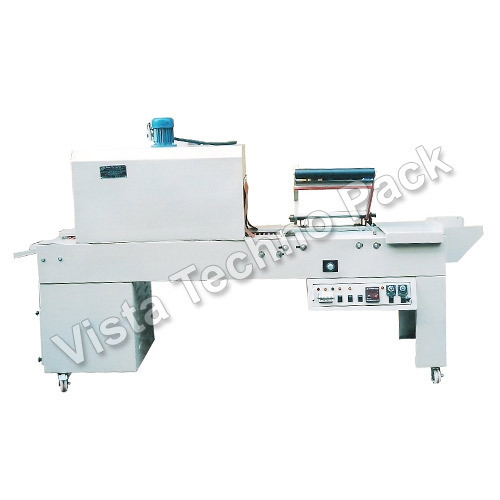
Shrink Tunnel
Vista Technopack Machines offers a range of online shrink tunnel with L sealers. Read more




